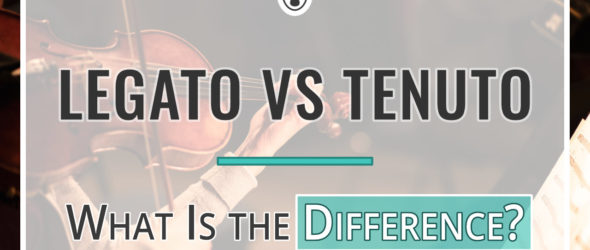Let’s have a look at the nuances of legato and tenuto bowing techniques!
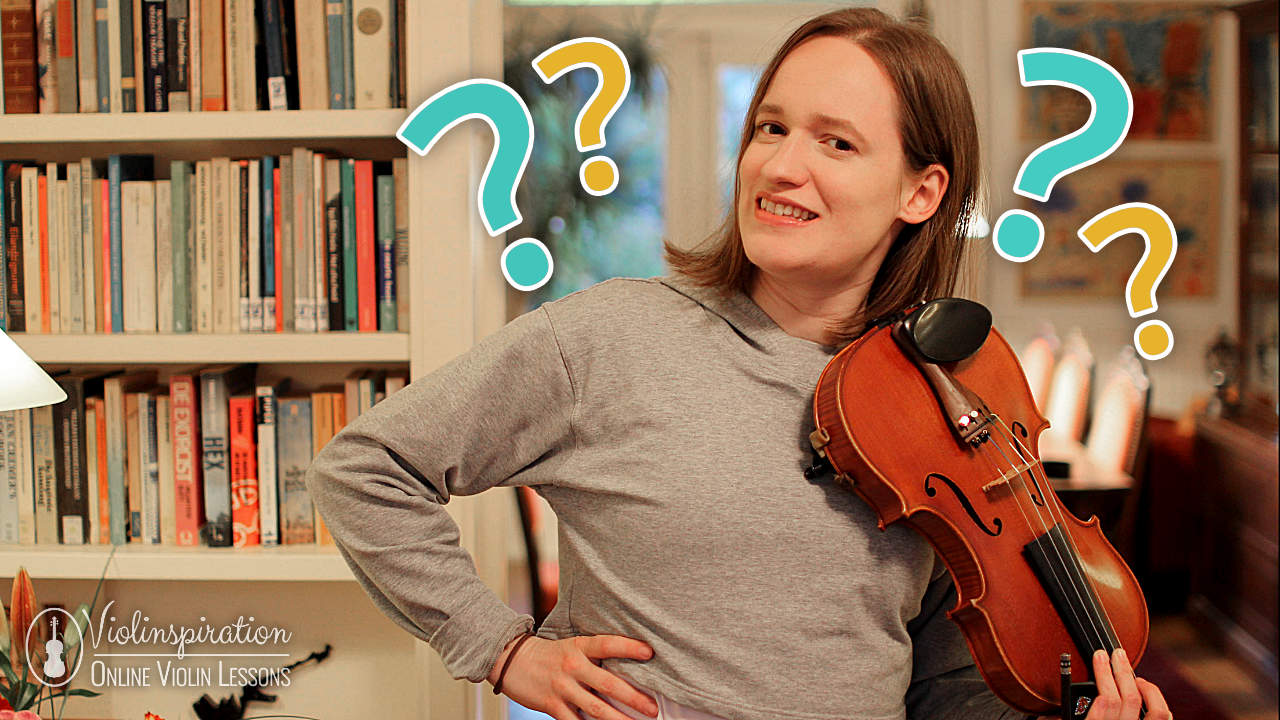
What Is the Difference Between Legato and Tenuto?
Legato and tenuto are two techniques that are similar but produce a different sound effect. Legato means to play the notes smoothly and connected. Tenuto, is more of articulation and means simply to sustain a note for its full value.
The direct translation of legato is “tied together” in Italian. Thus, composers are requesting that every note is played for its full value and leads directly to the next note, allowing for a fluid phrase. You can do this with one note or multiple notes on one bow stroke. For example, think of a singer singing “Twinkle Twinkle Little Star” and connecting each note to the next.
Tenuto means to hold a note for its full note value. It is more of articulation and can sometimes indicate a little extra weight on that note to show that you are beginning. You want the phrase to sound fluid, but not like every note is blending into the next. You can think of it as an articulated legato.
While legato is played or sung with each note blending into the next smoothly, tenuto notes are articulated at the beginning with a little emphasis.
Legato vs Tenuto – Sheet Music Notation
Don’t fret, it’s very easy to tell the difference between legato and tenuto in written music!
Legato notation

Legato is indicated by the word “legato” simply printed in the music or often just by a slur over multiple notes. A slur is a curved line connecting two notes or more.
Sometimes there might be no legato marking but based on the style of the piece you’re playing, you can choose to make the notes legato. Remember, just because there are separate notes, doesn’t mean you can’t play it legato, especially if it fits the musical context very well.
Other indications that the composer might want you to play legato are when the music has a musical notation, such as “cantabile,” “ballad,” “chorale,” etc. These words help to tell the performer what the mood of the music is, and often the lyrical songs are ones that you will want to play legato.
Tenuto notation

Tenuto markings are a little easier to recognize because they include a small horizontal line over or under the single note heads.
This horizontal line tells us to hold each note for its full length. The lines over or under the notes also often imply a very small emphasis on the beginning of the note to show its start.
Legato vs Tenuto – Examples in Violin Repertoire
An example of legato in music is the opening part (Introduction) from Saint Saens’ Introduction and Rondo Capriccioso. Notice how Augustin Hadelich is blending the notes into each other to create a seamless, singing line.
Another great example is Canon in D by Pachelbel. This gorgeous piece is often played at weddings but also in TV commercials. The melody feels timeless, and that is due to the singing quality of the legato notes.
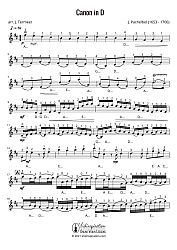
Pachelbel’s Canon in D
Free Violin Sheet Music
Tenuto can be found quite often in the violin repertoire. One great example is in Beethoven’s Romance in F Major. Listen to how Anne Sophie-Mutter seamlessly stresses the beginning of every note, while holding them to their full value and singing through the phrase.
Another example can be found in the Sibelius Violin Concerto, around minute 5:52 where each note in the arpeggio has a tenuto marking on the notes.
In the video below, you can see how Hilary Hahn holds the notes for their full value while having a clear start to each note.
How to Play Tenuto on the Violin
1. Know the note length
To play tenuto on the violin, you need to first understand how long the note value should be. This way you know not to cut it short or overextend it. You can always check it with my online metronome.
2. Learn the legato bow stroke first
The key to making your tenuto bow strokes sound different than your legato notes is to make sure the notes are singing but not totally connected.
You can start with 4 notes (A, B, C#, D) on all separate bows. Try getting a good legato stroke first – connect your separate bow strokes by anticipating your hand weight’s transfer at the frog and at the tip.
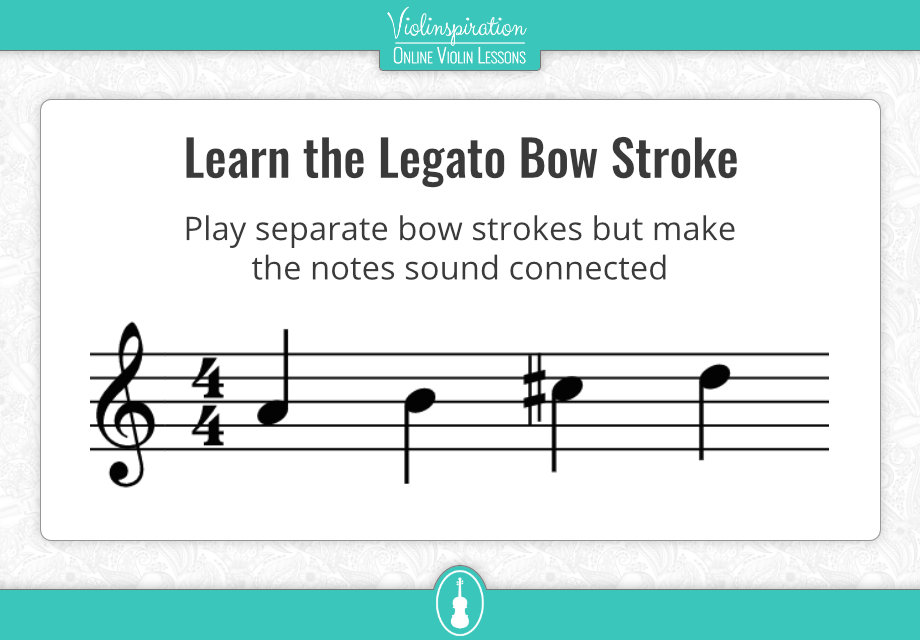
3. Put a little emphasis on the tenuto notes
Once your small scale sounds like a singer is singing them with each note connected, try adding just a bit of an accent/stress to the beginning of each note.
Imagine the line over each note as being an extra weight at the beginning. You don’t want to hear it get emphasized so much that it sounds like a big accent.
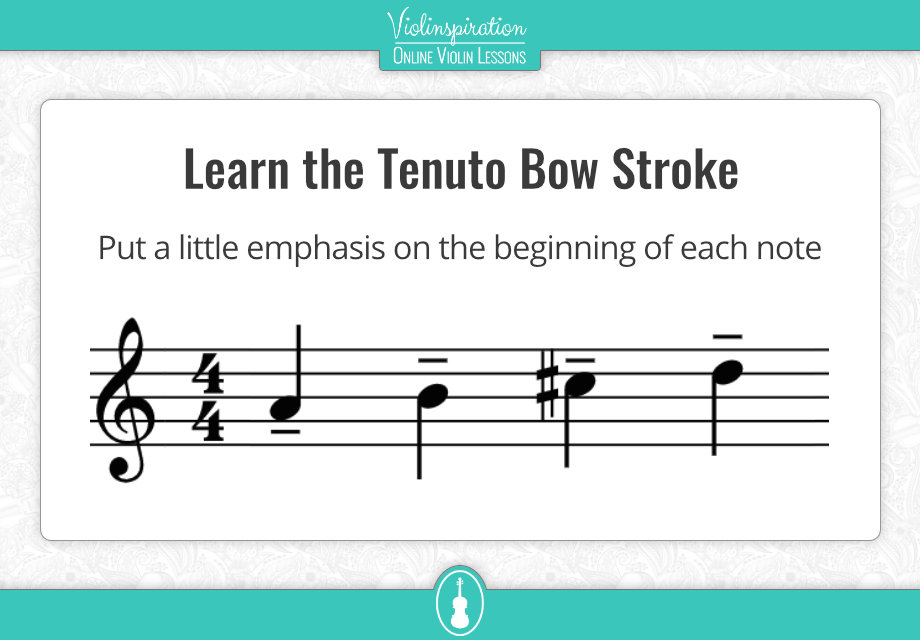
A great way to practice both bowing techniques, legato and tenuto, is to apply them while playing scales, so you can use very easy fingering and rhythm while focusing on the bowing. If you don’t have them yet, make sure to download the free booklet with the most commonly used violin scales below!
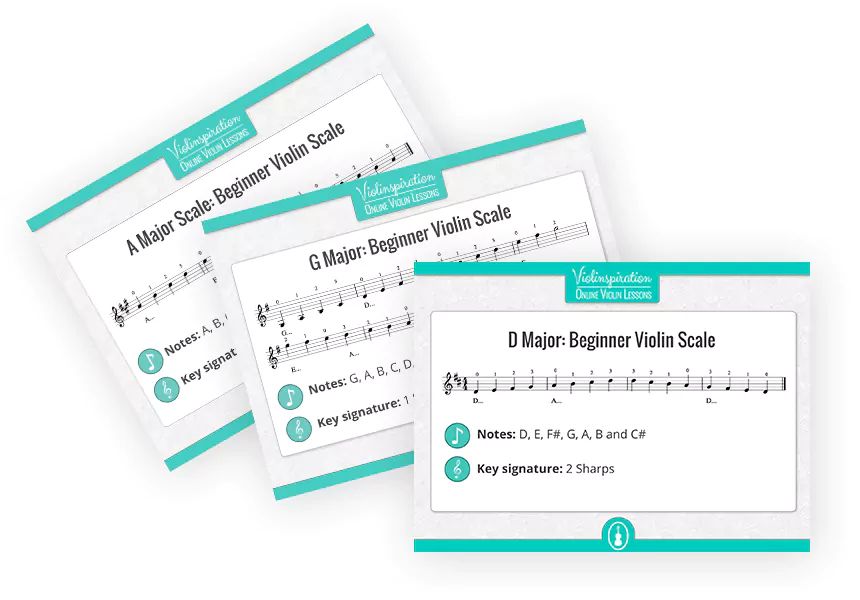
Free Download: 5 Most Common Violin Scales
for Beginners
Final Note
Tenuto compliments legato very well so learning them together is great! I hope that this post helped you understand the difference between legato and tenuto.
If you’d like to get feedback on your attempt to play legato and tenuto, feel free to upload your feedback video here (Julia’s Violin Academy members only).
